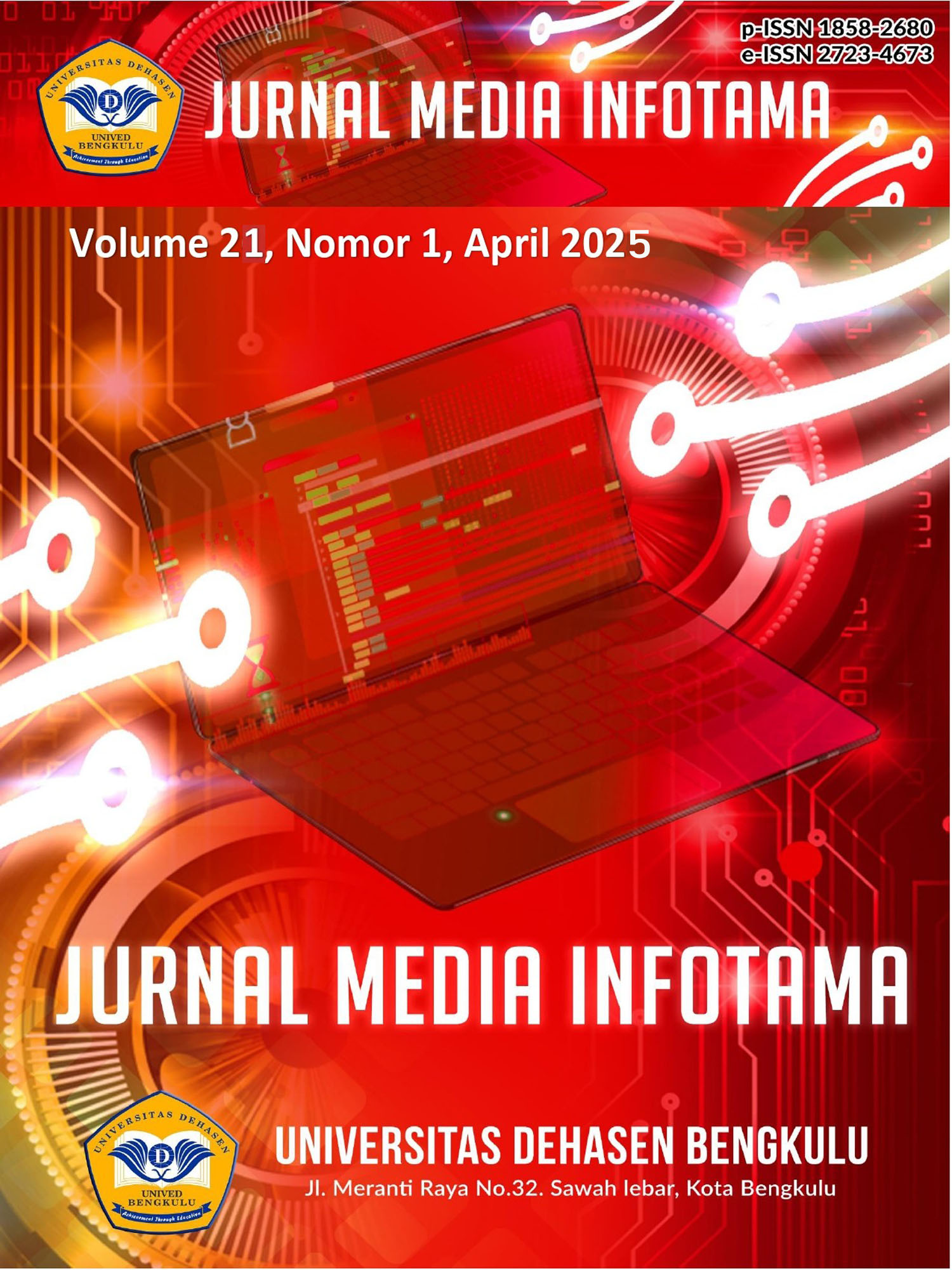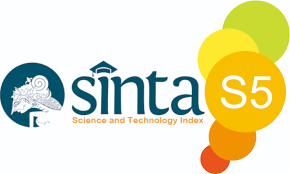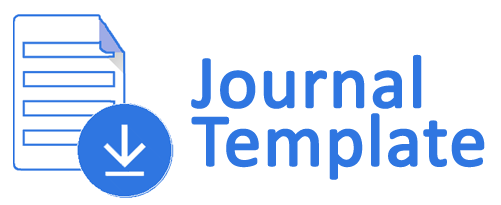Penerapan Metode Naïve Bayes dalam memprediksi Peluang Kerja untuk Penyandang Disabilitas
Abstract
The right to get a job is a right that is owned by all members of Indonesian society, including those with disabilities. This has been regulated in the constitution, but the opportunities for individuals with disabilities to get a job are much less than the wider community. Those with disabilities often have difficulty finding work because many companies do not take them into account, assuming that people with disabilities cannot contribute well because of the limitations they have. The Naive Bayes method has several advantages, such as the simplicity of the model, but can still compete with other algorithms. The test results if the value of the calculation is 100% then people with disabilities can work in that job and if the value is less than 100% then people with disabilities cannot work in that job, the calculation results from the table can be concluded that the predicted jobs for people with disabilities are: Tailors (K4), Graphic designers (K5), and Archivists (K6), The application process is also not too complicated, very suitable for assessing conditional probability, and very fast because the probability can be calculated directly. The speed in training this model is very high, especially if the conditional independence assumption is met, it can be sure to produce good performance, but its main drawback is that it requires the condition that all predictors are independent.
Downloads
Copyright (c) 2025 yuliadarnita yuliadarnita, Ridho ikram, Rozali Toyib

This work is licensed under a Creative Commons Attribution-ShareAlike 4.0 International License.
An author who publishes in Jurnal Media Infotama agrees to the following terms:The author holds the copyright and grants the journal the right of first publication of the work simultaneously licensed under the Creative Commons Attribution-Share Alike 4.0 License which allows others to share the work with acknowledgment of the work's authorship and initial publication in this journal.Submission of a manuscript implies that the submitted work has not been previously published (except as part of a thesis or report, or abstract); that it is not being considered for publication elsewhere; that its publication has been approved by all co-authors. If and when a manuscript is accepted for publication, the author retains the copyright and retains the publishing rights without limitation.
For new inventions, authors are advised to administer the patent before publication. The license type is CC-BY-SA 4.0.
MEDIA INFORMATION REVIEW: Journal of the Faculty of Computer Science is licensed under a Creative Commons Attribution-ShareAlike 4.0 International License.You are free to:Share
— copy and redistribute material in any medium or formatAdapt
— remix, modify and develop materialfor any purpose, even commercial.
The licensor cannot revoke this freedom as long as you follow the license terms












.png)


